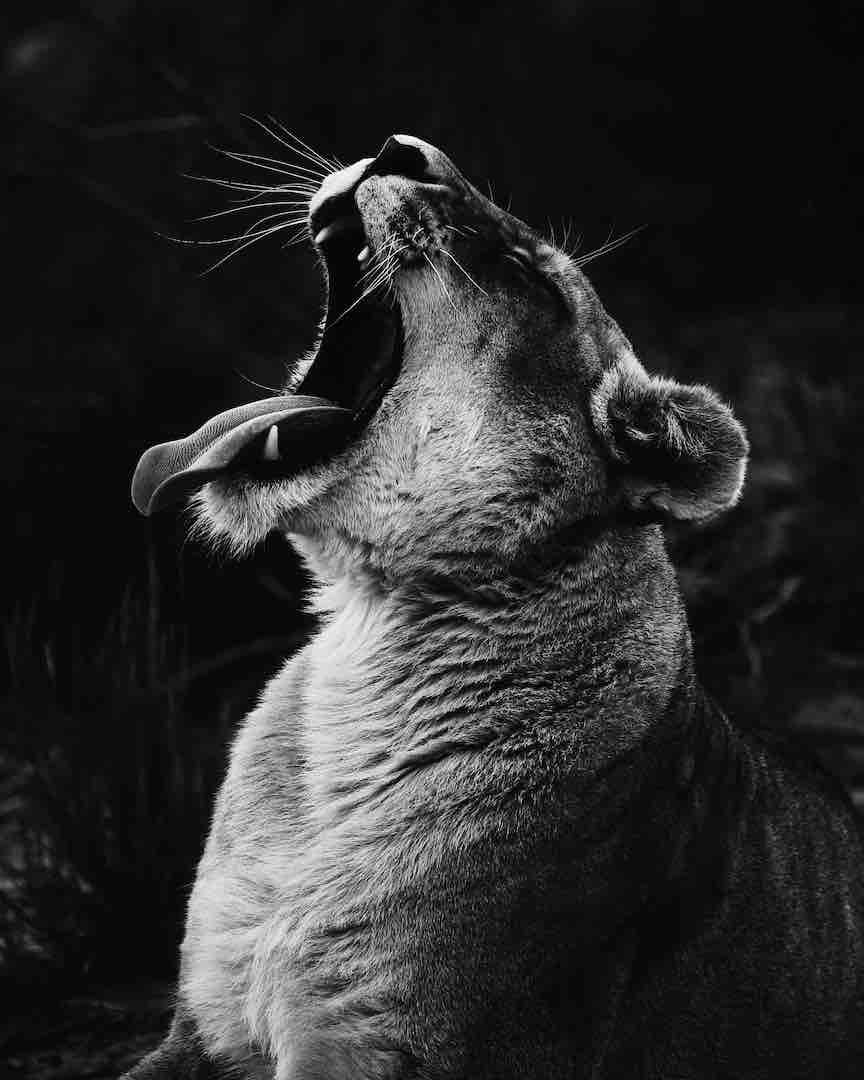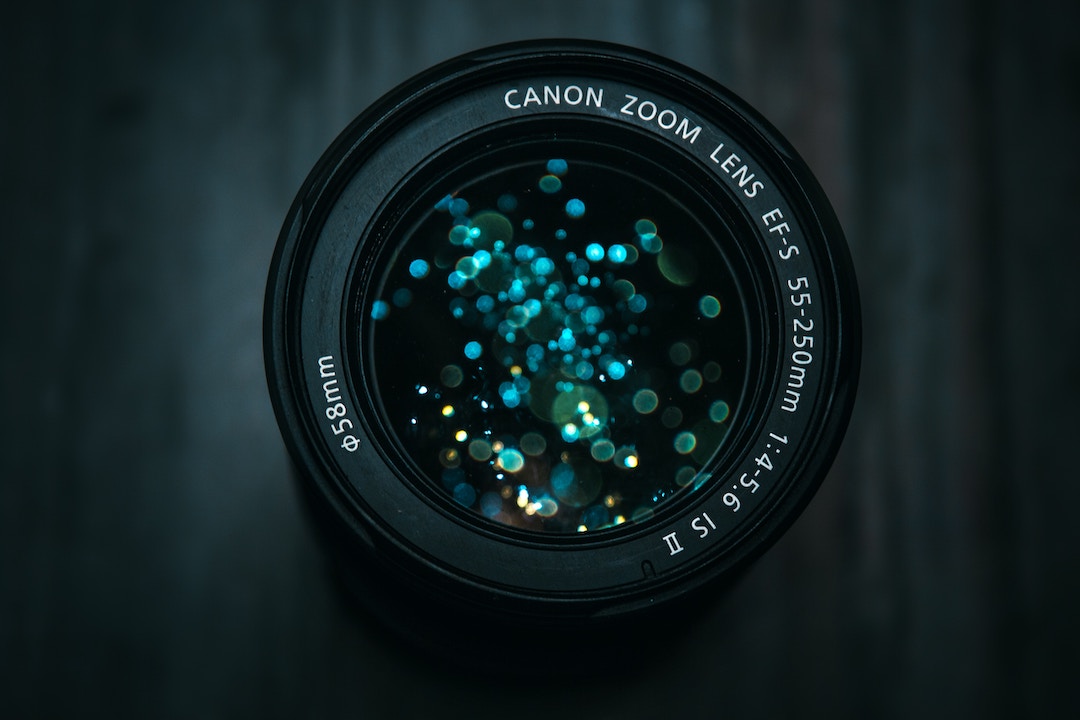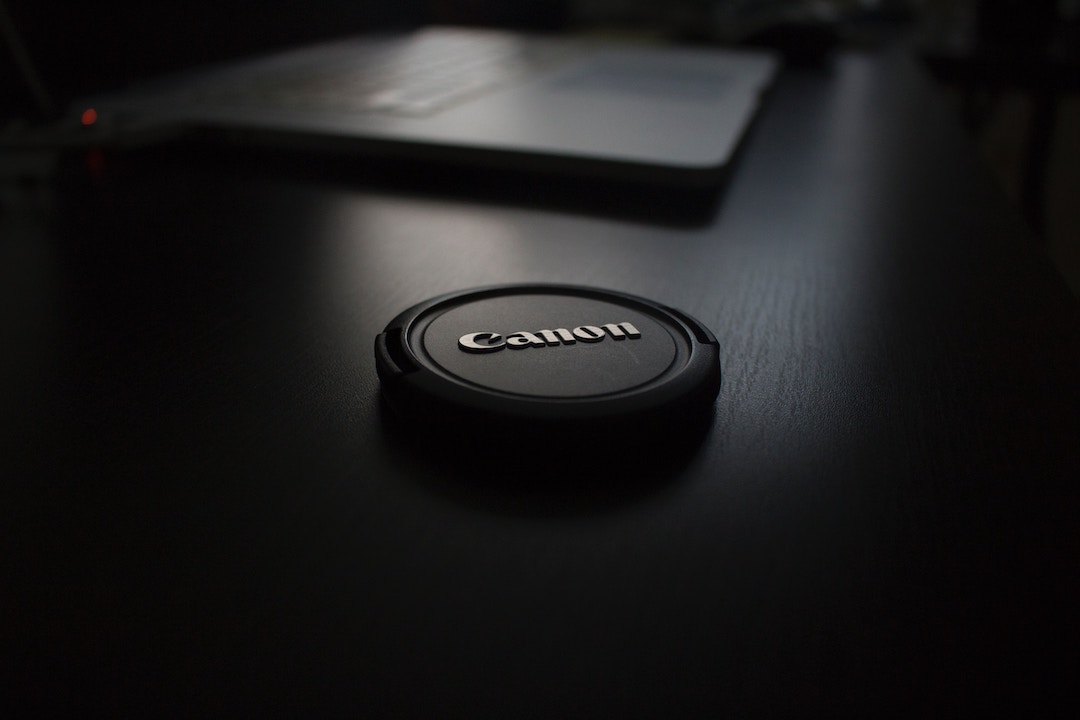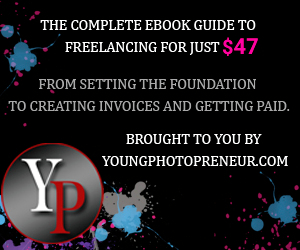Photography Tips
Do Freelance Photographers Need a Business License?

When photography is your passion, deciding to become a freelance photographer may seem like an easy decision. Learning how to run a successful photo business, though, is a little more complicated.
That’s because your success doesn’t just rest on your photography skills; you have to be able to carry all the administrative duties as well.
Freelance Photographer Definition
Let’s first make sure we are on the same page with what it actually means to be a freelance photographer. In the dictionary, the word FREELANCE is defined as: A person who works as a writer, designer, performer, or the like, selling work or services by the hour, day, job, etc., rather than working on a regular salary basis for one employer.
…and ZipRecruiter.com gives a great definition of FREELANCE PHOTOGRAPHY as: Taking of photographs as a contract or self-employed photographer. You usually work under contracts specific to each of your clients. As a freelance photographer, you market yourself through professional portfolios, websites, and social media to find potential clients.
Why Photographers Fail
Recently there has been a spate of very sad, and ultimately defeatist articles decrying the “death of photography.” We have no shortage of examples. Seriously.
In all their painful and detailed examples of how the art and business of photography have been “ruined”, we can find little to no examples of the basic, most important reason that photographers are falling behind.
That is: photographers are wildly devotedly, happily, and ecstatically in LOVE with the processes of photography! Like any devoted partner, they see the relationship as sacrosanct and the most important in their lives.
Thinking this way is totally 100% wrong. At least wrong in the exclusion of understanding what it means to love the process without acknowledging its personal nature.
Photography is a process, plain and simple. Romanticizing it makes it more difficult to change, to adapt to new rules, and to find solutions that are not instantly visible.
While photographers are deeply committed to and in love with the process of photography, their clients are simply… not. We call that a disconnect and a shame.
Starting a Freelance Photo Business
Choose a specialty: When you’re a professional photographer, you can specialize in different types of photography, such as news, weddings and other special events, or portraits.
However, if you plan to freelance, it’s even more important to focus your business because you’ll need to know what type of equipment and accessories you’ll need and how to market your business.
You don’t have to necessarily limit yourself to one specialty, though, because you’ll often attract more business if you offer more services.
For example, you might advertise yourself as an event and portrait photographer.
Those two specialties go well together because a couple who hired you to shoot their wedding and liked their photos may remember you when it comes time to have their children’s portraits taken.
• Event photography typically means taking photos at weddings, parties, graduations, and other special events.
• If you specialize in portrait photography, you’ll be taking photos of individuals, which often means families, children, and even pets.
• Commercial and product photography usually involves taking photos of products, properties, and other items to help a business market themselves.
• Stock photography refers to photos that are taken for the sole purpose of being sold. You can sell your photos through a stock photo agency, where individuals and businesses who need a photo of a certain object or situation can purchase them.
• News photographers take pictures of noteworthy events and people. While it can be an exciting job, it’s extremely difficult to break into the field as a freelancer if you don’t have previous experience.
Get a business license: Like any business, a freelance photography business needs some type of permit or license to operate in your city, county, or state. In most cases, you need a general business license.
However, if you are running your business out of your home, you may also need a Home Occupancy Permit. Don’t start taking any photos before you have the necessary license(s).
• If you’re unsure what license(s) you need in your area or how to obtain them, you can find more information on the Small Business Administration’s website.
Consider taxes: As a freelancer, it will be your responsibility to pay both federal and state taxes because they won’t be automatically taken out of your earnings as they would be by an employer.
Because it can be somewhat confusing, it’s usually a good idea to consult an accountant, whose knowledge and expertise can often help save you money.
• Try to find an accountant who specializes in small businesses, so you can trust that they’re up to date on all the tax codes and benefits that will affect you.
• You can also ask your accountant for advice on what type of structure your business should take. Most photography businesses are usually sole proprietorships, meaning they’re owned by a single person who receives all of the profits.
Set fees: Before you can start lining up clients, you need to know how much you plan to charge for your services. When it comes to creating a fee schedule, you should factor in expenses such as equipment, taxes, and operation fees.
However, you should also consider the time that goes into each project, including transportation time, so you can ensure that you’re making enough money to survive.
There are various types of software, such as fotoQuote and BlinkBid, that help you estimate the costs involved in photography projects and create invoices for your customers.
Decide what payment methods you’ll accept: As you start your business, it’s important to consider how you plan to collect fees from your clients. For example, you may decide to only accept cash.
However, it’s usually better to offer as many payment options as possible, so consider allowing credit card and check payments as well.
• If you want to accept credit cards for your photography services, there are apps and that makes it possible to process them from your tablet or smartphone. You can also have your website set up to accept some type of online credit card payments.
Build a portfolio: The most important tool in marketing yourself as a freelance photographer is an impressive collection of photos that you can show off to prospective clients.
If you’re just starting out, ask family and friends if you can take photos of them for your portfolio. You can also seek out local models who might need photos for their own portfolios, so you can help each other out.
• Remember to consider your audience when you’re building your portfolio. For example, if you plan to market yourself as a wedding and event photographer, don’t fill your portfolio with anything but product shots.
• If possible, create both a digital and hard copy of your portfolio. Some clients may enjoy the convenience of looking at your photos online or through a link, while others are more impressed with actual photographs.
Getting Clients
Create a website: When you’re starting a freelance photography business, you need a website to showcase your work so prospective clients can see what they can expect.
You can also use your site to allow potential customers to get in touch with you, schedule your services, and deliver your finished photos. Make sure the site is easy to navigate and contains only your best photos.
• If you don’t know much about building a website, WordPress is a good place to start because they have templates and themes designed specifically for photography.
• It’s a good idea to incorporate a blog into your website. Post new photos, so clients can see what you’ve been up to recently.
Establish social media accounts: In addition to a website, social media is an ideal way to market your services online. Photography is a visual medium, so a great photo can quickly go viral and familiarize potential clients with your work.
Create Instagram, Facebook, Twitter, and Pinterest accounts, so you can show off your work in a setting where it’s much easier for people to share it.
• Include links to all of your social media accounts on your website, so potential clients can easily find them.
Print up business cards: Word of mouth can be an effective way for freelance photographers to get new clients, so it helps to have business cards that you can give to family, friends, and existing clients.
They can pass the cards onto people they know who might be interested in your services.
• Create a distinct look for your business cards by including one of your photos on it. It can be a self-portrait so clients remember you specifically or a photo that you’re particularly proud of and showcases your skills.
• Make sure that your cards contain all of your contact information, including your web address. You want potential clients to be able to find your online portfolio.
Network to generate leads: Hopefully, word of mouth will spread about your photography skills, but you don’t want to wait around for jobs to come to you. By making connections with related businesses, you may be able to find new clients.
For example, if you want to work as an event photographer, you might contact wedding or party planners, catering halls, and other event-related businesses to introduce yourself and your work.
That way, if a person planning an event asks for a recommendation for a photographer, your contact can pass your name along.
• If you’re interested in working as a commercial or product photographer, you might try to find a contact at a marketing or public relations firm.
Do some free assignments: When you’re just starting out as a freelance photographer, building word of mouth is key. That’s why it often helps to do some jobs for free — you can gain experience and generate a buzz with potential clients.
If you’re specializing in special event or portrait photography, ask family and friends if they need any photographs taken.
If you hope to break into commercial or product photography, see if there are any small businesses in your area that might allow you to shoot photos for their marketing materials.
• You may also want to consider holding sessions where you don’t charge for the session itself. Instead, the clients only pay if they decide to purchase prints from you. That can be an effective way to lure new customers in and still make some money.
• Make sure to ask all of your free clients for testimonials after you take the photos. If they’re positive, you can use them in your promotional materials or as references for potential clients. If your free clients have any criticisms of your work, use them to improve your skills and services.
Improving Your Photography Skills
Upgrade your equipment: If you want a career as a freelance photographer, you can’t take photos with your phone or an old point-and-shoot camera.
That’s why it’s important to invest in an up-to-date digital camera that you can use to take high-quality photos and upgrade the equipment when your business starts turning a profit.
• When you’re first starting out, consider purchasing a used camera and other equipment you might need to help keep costs down.
• Depending on what type of photography you plan to specialize in, you may also need lights, diffusers, and reflectors to ensure that the lighting is right for your photos.
• While your camera comes with a lens, you may want to purchase additional lenses, such as a wide zoom or pancake, to allow you to vary your shots.
• In order to edit your photos, you’ll also need access to a computer and photo editing software.
Take classes: Some photography skills come naturally, such as having a good eye for composition, but there is some knowledge that needs to be learned, particularly if you’re not very familiar with using a camera.
If you’re studying at or planning to attend college, your school probably offers photography courses, and may even have a major in the subject that can help prepare you for a career.
• If you’re not in college, consider taking some photography courses at your local community college or vocational school.
• If you can’t find any local photography classes, many online schools offer courses that can help you refine your skills.
• Art classes can also be helpful to a photographer because they can teach you how to develop a better eye and allow you to work on your composition.
• If you’re going to be running your own freelance business, you may want to take some business, marketing, and accounting classes too.
Get on-the-job training: Before you branch out on your own, it helps to get some job experience in the photography field.
Working as an assistant to a professional photographer can be a great opportunity to learn tips and techniques, and ask the photographer for feedback on your pictures so you can improve your work.
However, you can also work at a portrait studio where you take the photos yourself and learn firsthand the kind of photos that customers tend to prefer.
Enter some contests: When you’re feeling more confident, entering photography contests can be a good way to see how well your skills stack up against other photographers.
If you win, you’ll also have an ideal achievement to add to your resume. In most cases, contests will also encourage you to be more creative with your photos, which may help you down the road.
• If you aren’t aware of any local photography contests, do an online search. You’ll find a wide array of national and international competitions that you may be interested in.
• All of your on-the-job training doesn’t necessarily have to be paid. You can offer your photography services to friends and family who are having special events, such as anniversary parties or graduations and get experience that way.
Join a photography group: Receiving constructive criticism from fellow photographers can help you hone your skills and take your photos to the next level.
If you’re a student, your college or university may have a photography club where you can discuss your work with other photographers. If you’re not in school, you might ask at your local retail camera store to see if there are any clubs in your area.
• If you can’t find a club in your area, consider starting your own. Ask other photographers that you know if they’d be willing to meet on a weekly or monthly basis to critique one another’s work.
• Online photography groups or communities are other options if you can’t find a group locally. You post your photos online and other members can provide feedback. You can do an online search, but Google+ and Lightstalking are two good places to start.
Photography Tips
5 Steps to Finding the Best Place to Buy a GoPro (That ANYONE Can Follow)
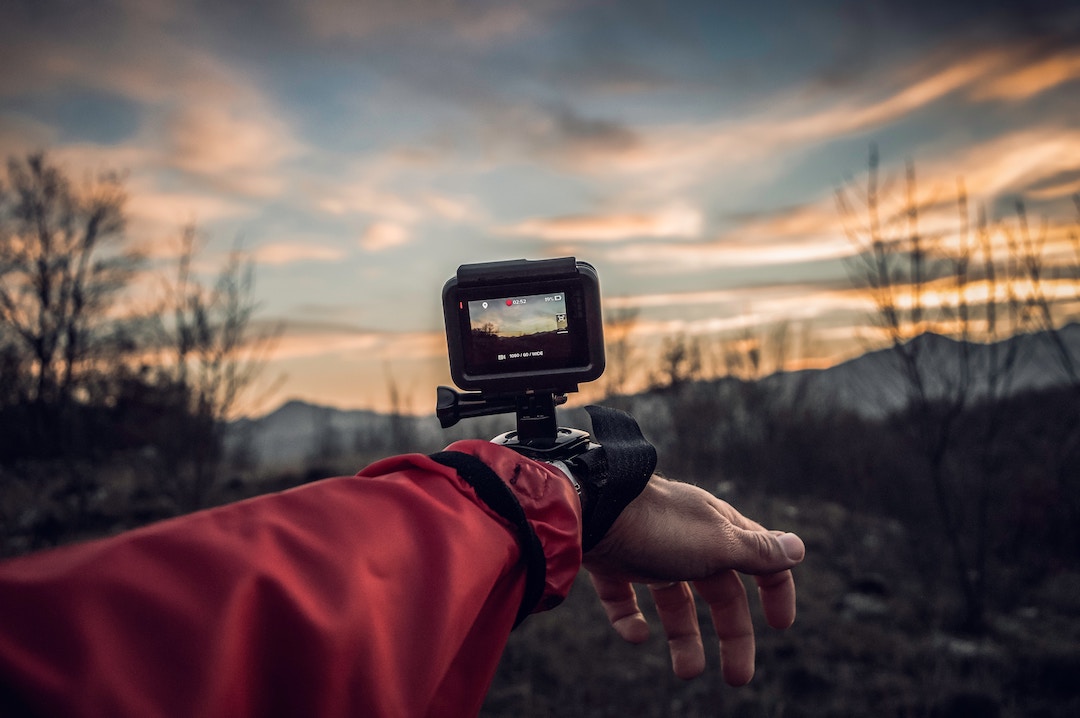
So you have heard so much about the GoPro, you’ve thought about it and you’re ready to get one of your own.
Good for you!
The next question is where do you find one to purchase?
Whether you’re a complete newbie about to embark on an adventure or a professional photographer in need of new stuff, this article is going to help you find the best place to buy a GoPro.
Advantages of GoPro
Now the GoPro is an amazing camera. Although there are varied types to choose from, this camera is loaded with super advantages that will make you want to run to the closest store and hook yourself up with one immediately.
Here are a few superb benefits of the GoPro:
- It is durable. This is a pretty tough camera, especially for the size. The GoPro has been put through some tough tests and come out in very good shape.
- It is waterproof. The Session is waterproof on its own, but there is waterproof housing for other GoPro’s. This means you can enjoy superb underwater, rain, and snow photography without fretting about ruining your camera. How great!
- It is light and portable. When you see a GoPro up close, it almost looks like a children’s toy, not a badass camera. It is so small and light that it is super easy to pack up and move around.
- It produces quality stills. You can shoot 10 to 12-megapixel still images with the GoPro and get excellent print quality even when the photo is enlarged a little.
- It takes photos in wide angles. Because the lens of the GoPro is fixed at 170 degrees, you can capture almost everything in front of you when you shoot.
- It can be worn. Because it’s small and lightweight, it’s easy to wear the GoPro on your wrist, head, chest, and more while your hands are free to do other things. You can use this to take wonderful photos of your pets or children too.
Online vs Physical store
You could purchase your own GoPro from an online store or a local store around you.
You can review available products and ask shop attendants for a recommendation in a physical store before purchasing. If you purchase from an online store, make sure to read customer reviews and experiences before completing the purchase.
Whether you will be buying your GoPro online or in a brick-and-mortar store, these five steps will help you choose the very best store to finalize a purchase.
Step 1. Decide which GoPro you want
Before you search any online store or step into any store, you have to determine which GoPro you want to purchase.
There are different options to choose from:
- GoPro HERO
- GoPro HERO2
- GoPro HERO3 (includes HERO3 Black Edition, HERO3 Silver Edition, HERO3 White Edition)
- GoPro HERO3+
- GoPro HERO4 (includes HERO4 Black, HERO4 Silver, HERO4 Session)
- GoPro HERO5 (includes HERO5 Black, HERO5 Session)
- GoPro HERO6 Black
- GoPro HERO7 (includes HERO7 Black, HERO7 Silver, HERO7 White)
- GoPro HERO8 Black
- GoPro MAX
- GoPro HERO9 Black
- GoPro HERO10 Black
- GoPro Fusion
They all come with varied features in areas like megapixels, waterproof capability, touchscreen availability, linear FOV, and much more.
The GoPro you select will depend on your specific needs and preferences. Apart from features, also reflects on price considerations and reviews from others who have purchased the type of GoPro you also want to get.
Step 2. Ensure they are authorized dealers
The next thing you must consider is of the seller is an authorized GoPro reseller. Online stores, as well as brick-and-mortar stores, can be authorized, you just have to make sure the one you are about to do business with is authorized.
Make a list of potential authorized resellers you could purchase your GoPro from.
Dealing with an authorized reseller will save you a great deal and ensure you are making a secure investment with your money. These certified resellers follow the proper procedure of the company and are obliged to comply with the brand’s policies and rules.
Step 3. Price
With the list you have, research the prices of your selected retailers and compare them against each other. You should have a budget for your purchase since you have already determined what kind of GoPro you want to purchase and what the cost considerations might be.
Also, add in the shipping cost from the store to your address. When it comes to price, it is advantageous to use authorized resellers because many of them offer free shipping to customers.
Step 4. Warranty and refund
If you are not purchasing your GoPro directly from the manufacturers, you have to clarify the rules when it comes to warranty and refund. This is another reason why authorized resellers are your best bet.
Ensure the store you are selecting has a good warranty before moving forward. The same goes for the refund policy. Good stores will accept returns and refunds as long as your camera is still in good condition.
At this point, only stores with the best warranty and refund policy should be left on your list.
Step 5. Accessories and bonus
Why pay for extra accessories when you can get them for free with your purchase?
Save yourself some money and only buy with stores that have offers and deals that provide you with needed accessories with your basic purchase of the GoPro. At this point, you should be able to pick a great store with the best deal for you with ease.
Conclusion
GoPro is undoubtedly a fantastic camera choice. If you don’t know where to start when you want to purchase one, this article was written for you. Follow these five steps and you will be purchasing the perfect GoPro from the perfect store.
Photography Tips
Best Professional Camera For Beginner: 9 Secrets You Didn’t Know About
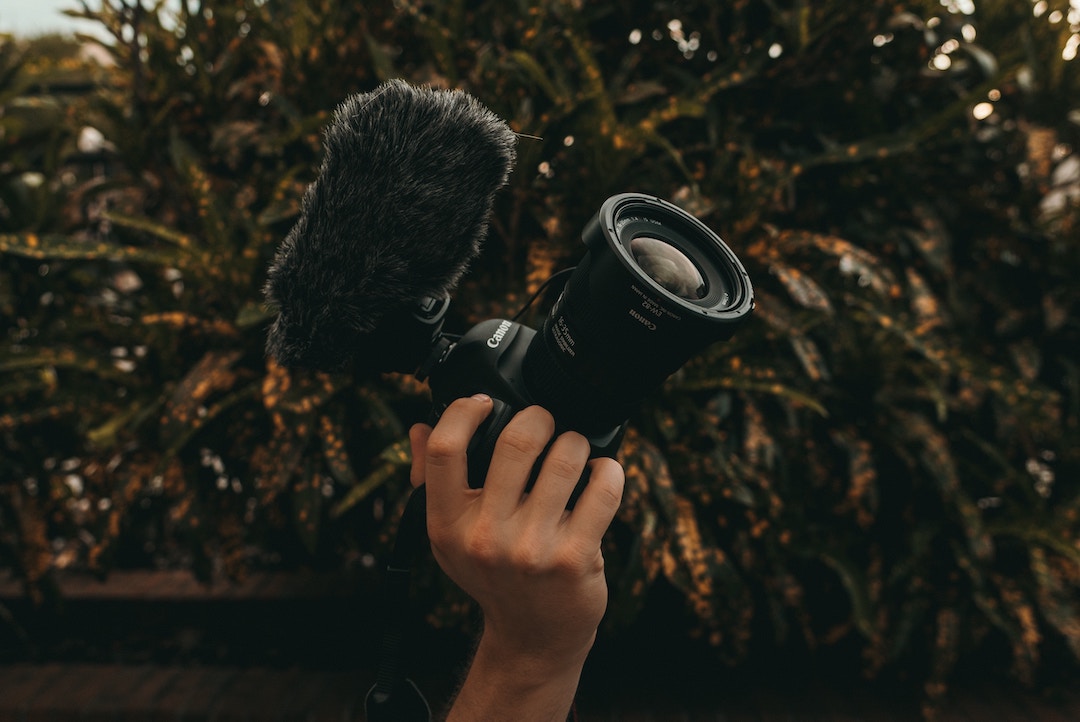
Photography is an art that involves the creation of durable images. These images can be created by recording electromagnetic radiation or recording light either chemically or electronically. Chemically, a material like a photographic film that light-sensitive is utilized, while an image sensor is used electronically.
Photography is employed in several areas of manufacturing, science and business. It is, however, mostly utilized for art, mass communication, film and video production, as well as, recreational purposes. The art which began in the fourth and fifth century with the introduction of the pinhole camera has come a very long way.
Today, there are high-quality cameras that are capable of creating fantastic images that can last for a very long time. The images can be stored in different ways. For instance, they can be printed and framed, be stored online or even kept in storage devices like flash drives.
Despite having the capability of lasting for a very long time, that period is limited to how they are stored. Once an image has been captured, it has to be kept in a place where it can be accessed without getting lost. Printing and framing a picture ensures its durability.
Saving it online is also another means of protecting it.As a beginner, when embarking on your professional photography journey, you need a camera that can produce fabulous pictures and be easy to use at the same time. While identifying the best camera for a beginner might seem like an effortless task, narrowing it down to a single piece is very difficult.
There are very many cameras out there and each one offers various benefits. However, by mentioning a few cameras which are considered to be perfect for the novice photographer, a person can land their perfect gadget. That will help them start their photographing journey and grow into photography gurus.
Five Secrets for every Budding Photographer
1. Convenience
Before venturing into the list of quality cameras which beginners can easily use, it is important to mention that the entry-level camera should be easy to carry, be convenient to use and foster growth. These qualities will help increase a person’s passion for photography while ensuring that they become better with each passing day.
2. The Built-in Smartphone Camera
In the world of today, almost every person, excluding those that are too young to use one, owns a smartphone. With these new technology items come built-in cameras that have the ability to capture special moments conveniently. In fact, the smartphone is considered to be the best tool for a beginner.
Everyone carries their smartphone with them wherever they go making it a convenient tool for photography. It is very light and easy to operate. Therefore, a budding photographer may prefer this gadget to the large-sized complex cameras. Nonetheless, the smartphone camera comes with some limitations, especially those involving performance.
3. Automatic modes
Before deciding on the type of camera you want to buy, you should be aware that almost all the contemporary cameras have automatic modes. This includes the models considered to be the most sophisticated as well as those that have the highest prices.
4. Landing the best photographing device
The automatic mode enables you to nail everything except the aspect of composing a shot. Landing the best photographing gadget necessitates knowledge on how to set the aperture, ISO, shutter speed and the science related to exposure. You also need to identify the best camera manufactures.
5. Manual control
Almost every camera allows a person to control most photography aspects like focus, exposure and shooting modes manually. These aspects play a huge role in determining the quality of the end product and how artistic it will appear. Implementing manual controls can be a bit challenging for a beginner.
Digital Single-lens Reflex Camera (DSLR)
The DSLR is considered to be the best option when a person decides to upgrade from the phone camera. With this camera, you can share lens with friends, take quality pics and more accessories to it.
DSLR cameras include:
- Canon EOS Rebel Series
- Nikon D3000 Series
- Pentax K-70
Mirrorless Cameras:
These ones lack the mirror which reflects the captured image through the lens to the optical finder. They include:
- Sony A6000 Series
- Fujifilm X-T100
- Olympus OM-D EM-10 Series
Bridge Cameras:
These cameras have no interchangeable lens and all one has to do is point and shoot. They have fantastic zoom lenses that capture a wide-angle. They include:
- Leica V-Lux
- Canon Powershot SX70
- Kodak PIXPRO AZ Series
Point and Shoot Cameras:
This category has been shadowed by smartphones. It consists of pocket cameras that are very small in size but can produce great pictures. They include:
- Fujifilm X100 Series
- Ricoh GR Series
- Sony RX-100 Series
In conclusion, all these cameras can give you fantastic pictures and it all depends on which one makes you happier. However, always remember that the newer the better. Each newer version provides better features.
Photography Tips
The essential difference between a camera that shoots film or a camera that shoots digital is…
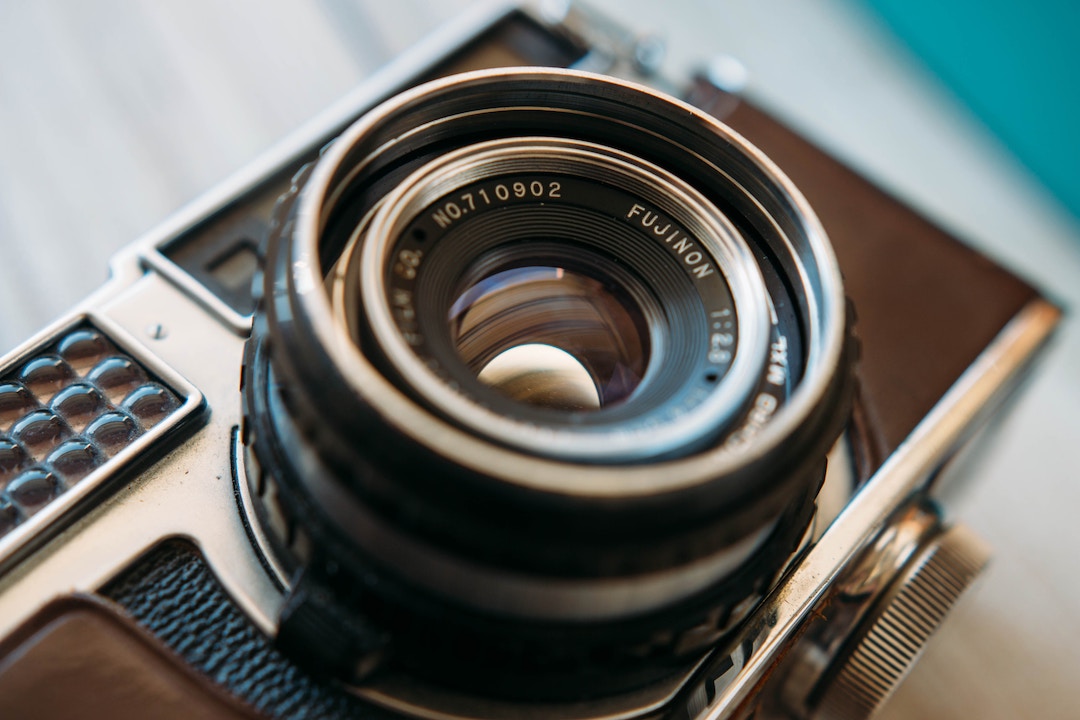
The camera is an instrument that has been in the minds of philosophers, physicians, and artists for a very long time. Although an old concept, the first almost successful image from a camera happened approximately in 1816.
From then onwards, the camera has seen many model upgrades and various thoughts have been put into it to improve the picture quality as much as possible. With the advancement of technology, even cameras have seen a significant improvement. One such successful improvement was the creating of the film camera.
In 1891, an employee of Thomas Edison, who is a well-known scientist, had created the first Kinetograph camera. This camera was basically the first film camera. It was used in recording films and had been revised several times over.
Afterward, in 1923, Eastman Kodak introduced 16mm film stock, which continued to be manufactured until the 2000s, along with the more popular 35mm ones. These are the films we are all familiar with and have seen in the old cameras.
Interestingly, the world’s first digital camera was invented and introduced in 1975 by Steven Sasson, who was an employee at Eastman Kodak. This camera weighed 8 pounds and has gone through several modifications until then by various companies. Now the technical difference between digital cameras and film cameras are quite interesting.
In the case of the film camera, the light first falls on the photosensitive film, meaning it goes through a chemical change once it receives the light. After which, the same film which has gone through the reaction gets sent into a room to develop. It could take hours or even days until you get the physical picture in your hands.
As for digital cameras, the sensor captures the light and immediately sends the image to the storage device in the camera. From there, that image can be uploaded online using Wi-Fi and can last literally unto eternity. From the way, these cameras work it is evident that if time is of the essence, the digital camera proves to be of more convenience than the film.
Another essential difference between the camera that shoots film and the camera that shoots digital is the difference in resolution. The resolution or picture quality is measured differently for film and digital cameras. One is not necessarily better than the other. In fact, photographers who believe that taking some extra efforts will result in a clearer picture, do not mind dealing with the film cameras.
For digital cameras, the resolution is determined by counting the number of pixels in a given area. The more pixels the better. Whereas for film cameras, the size and quality of the film are what make a clearer picture. The larger the film, the better the picture quality.
Now, the standard 35mm film is not able to beat even the entry-level professional cameras, in terms of picture quality, but yet have a sort of nostalgic feel associated with them. However, when it comes to the professional use of both of these cameras, the medium or large format of the film camera can match or may even outperform the latest $40,000 camera.
Another difference that makes an impact is the costs associated with using either of the cameras. There are several factors that help determine what kind of camera is required such as the urgency of the picture, the format in which the picture is required, the environment in which the picture will be taken, and so on.
But in the end, digital cameras turn out to be more expensive. Additionally, with frequent upgrades in the digital models, switching from camera to camera, or a new add-on turns out to put some pressure on the wallet.
As for film cameras, since most of the upgradation happens with the film, and they are relatively cheaper to purchase, there is a sizeable difference in the costs of the two.
Apart from these key differences, the digital camera overall trumps over the film camera because of its convenience, range, and all over efficiency. This is the way of the world where newer technology slowly replaces the older. Even so, the film camera has a special place in the hearts of people and is still being used to produce excellent pictures up to this day.
-
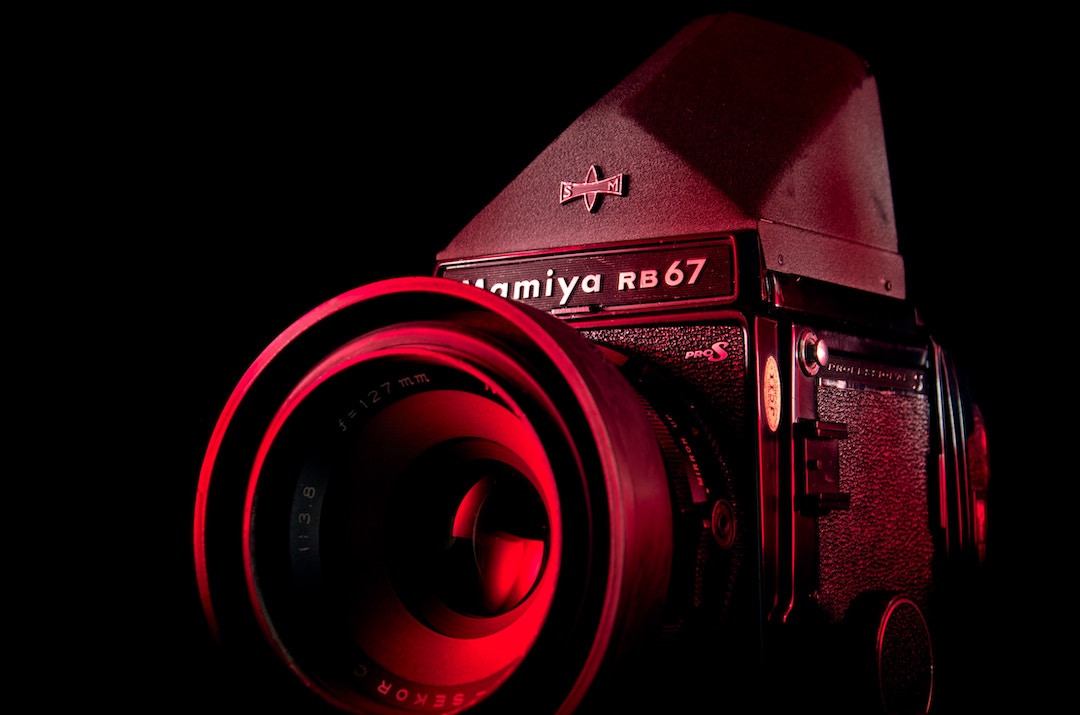
 Tutorials5 years ago
Tutorials5 years agoWhat’s the difference between analog and digital photography?
-
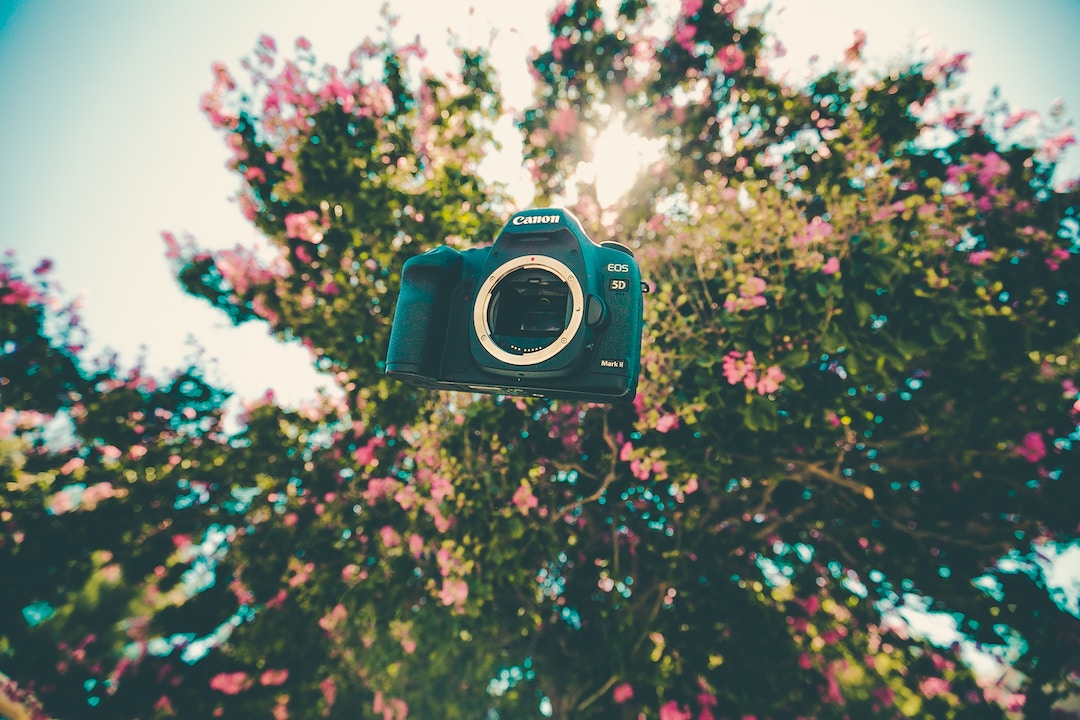
 Gear7 years ago
Gear7 years agoLorem ipsum dolor sit amet
-

 Business & Career11 years ago
Business & Career11 years agoThe Anatomy of a Great product photography business
-
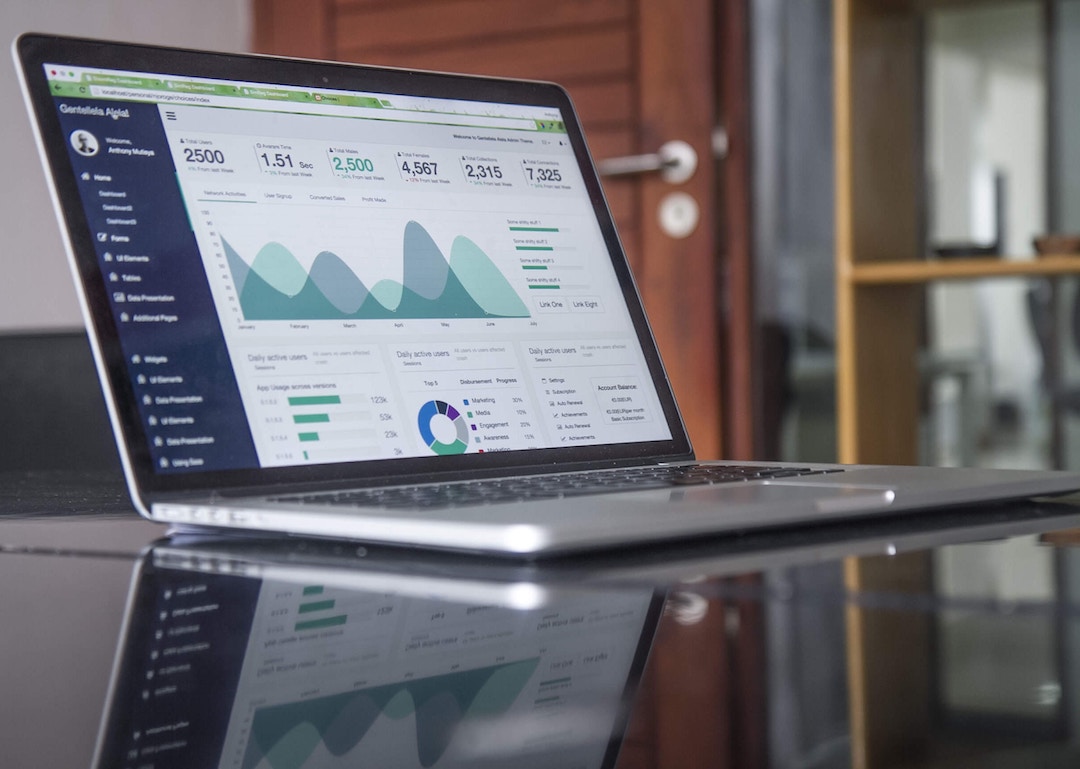
 Technique7 years ago
Technique7 years agoAccording to Dior Couture, this taboo fashion accessory is back
-

 Photography Tips5 years ago
Photography Tips5 years agoThe essential difference between a camera that shoots film or a camera that shoots digital is…
-
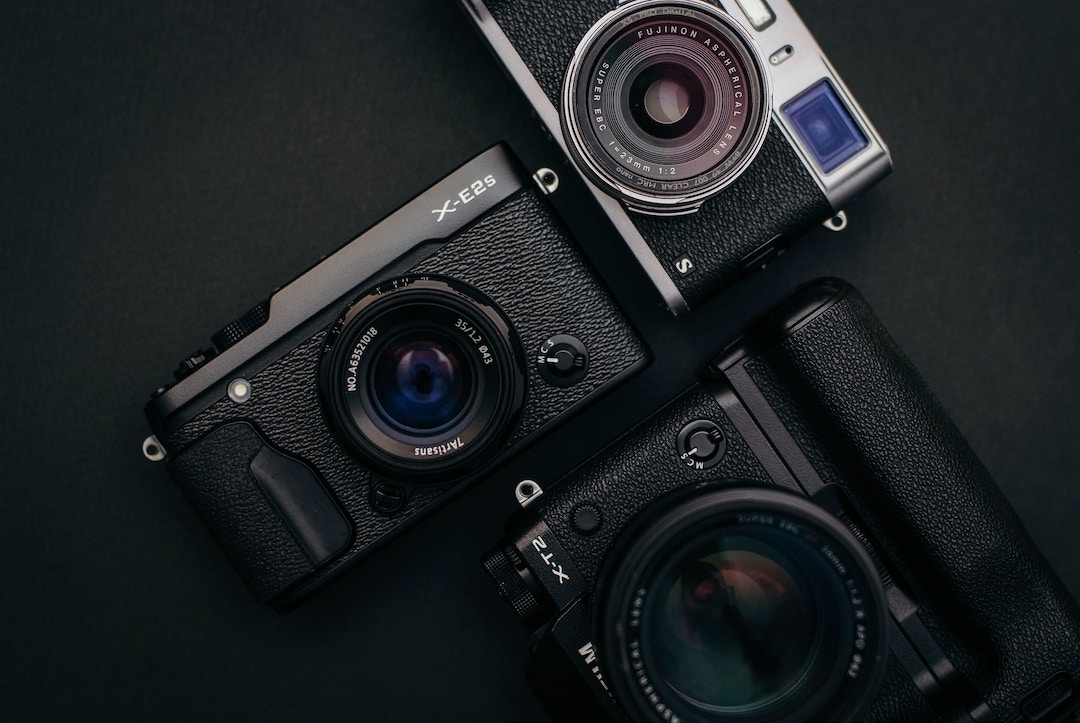
 Graphic & Web Design7 years ago
Graphic & Web Design7 years agoThe old and New Edition cast comes together to perform
-
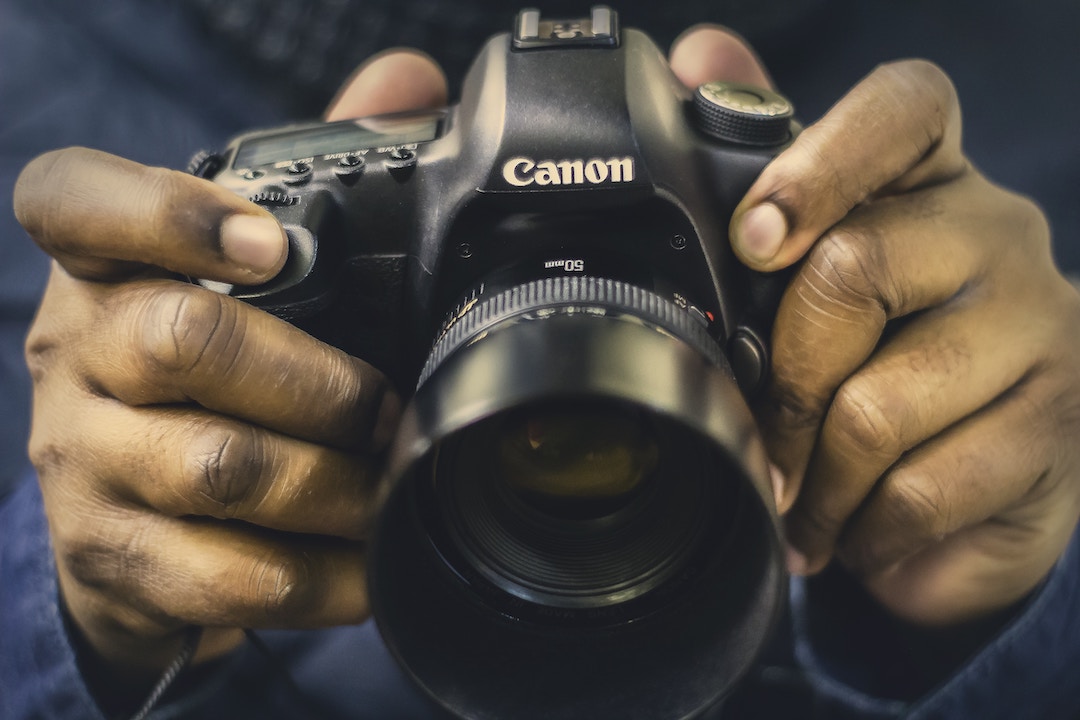
 Education & Learning7 years ago
Education & Learning7 years agoPhillies’ Aaron Altherr makes mind-boggling barehanded play
-

 Cinematography7 years ago
Cinematography7 years agoThe Ultimate Glossary of Terms About product photography business


